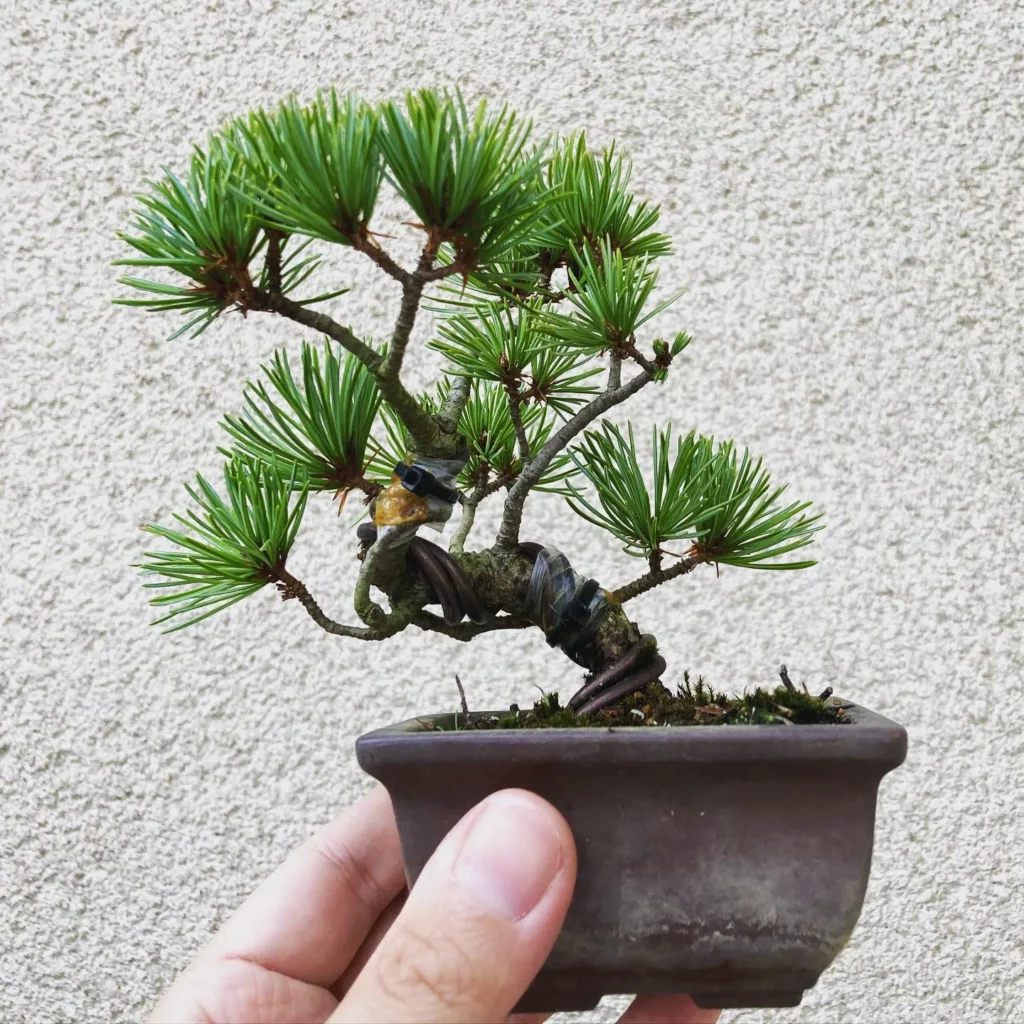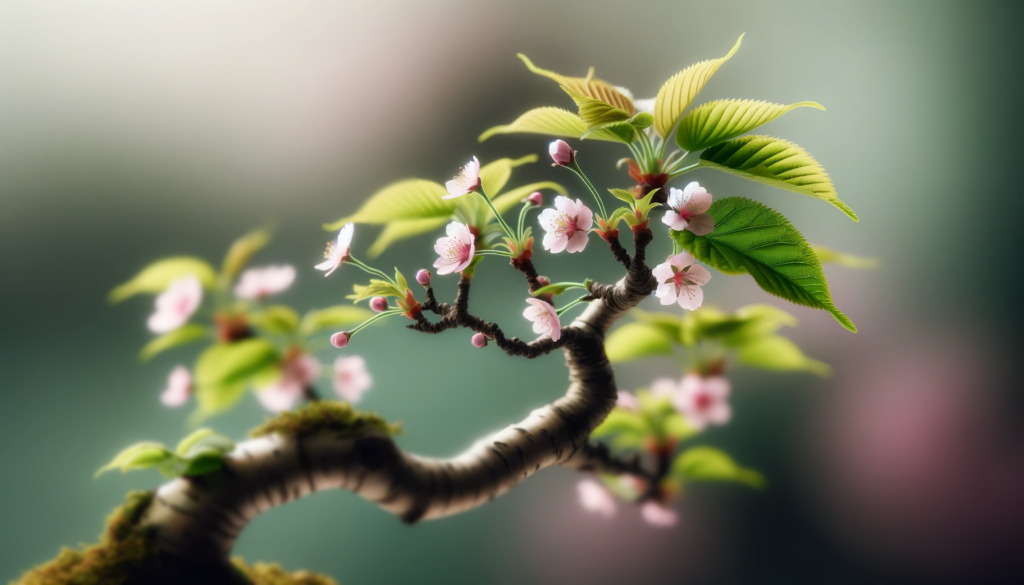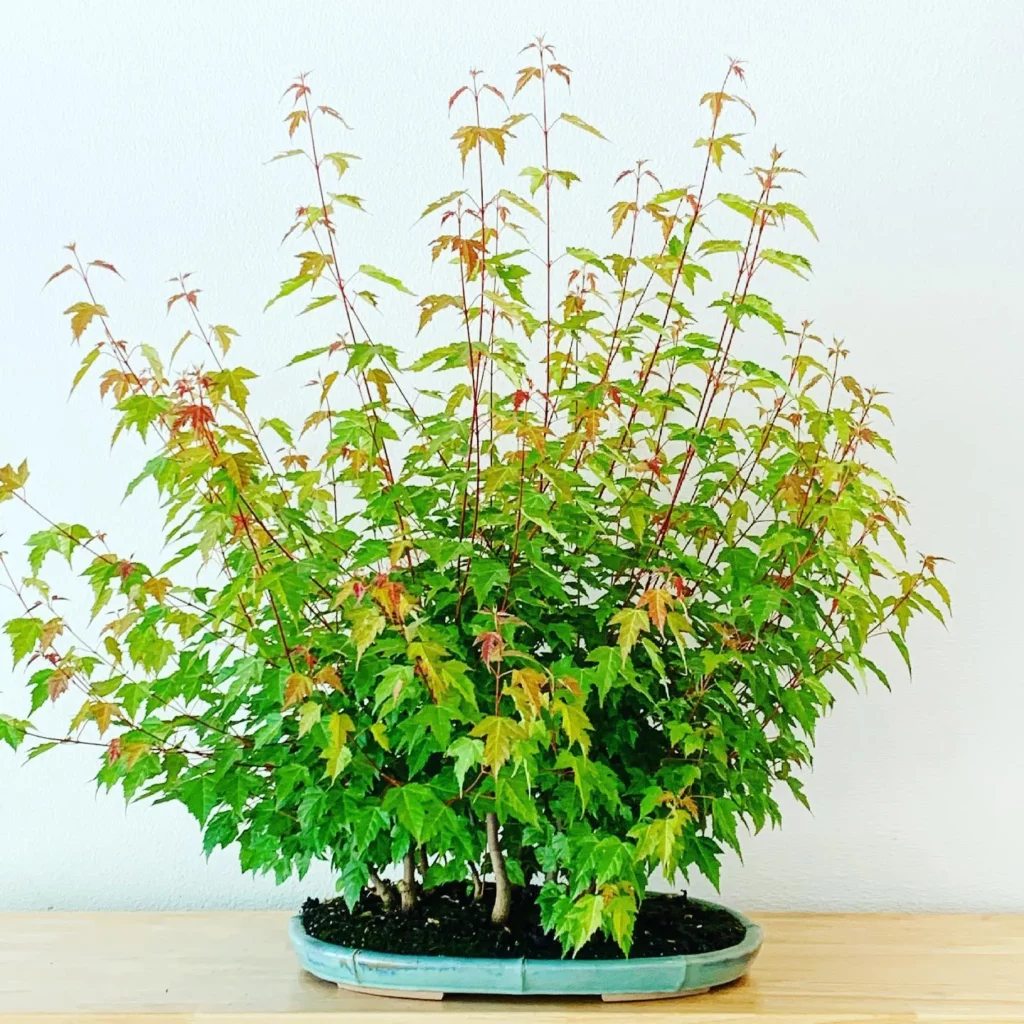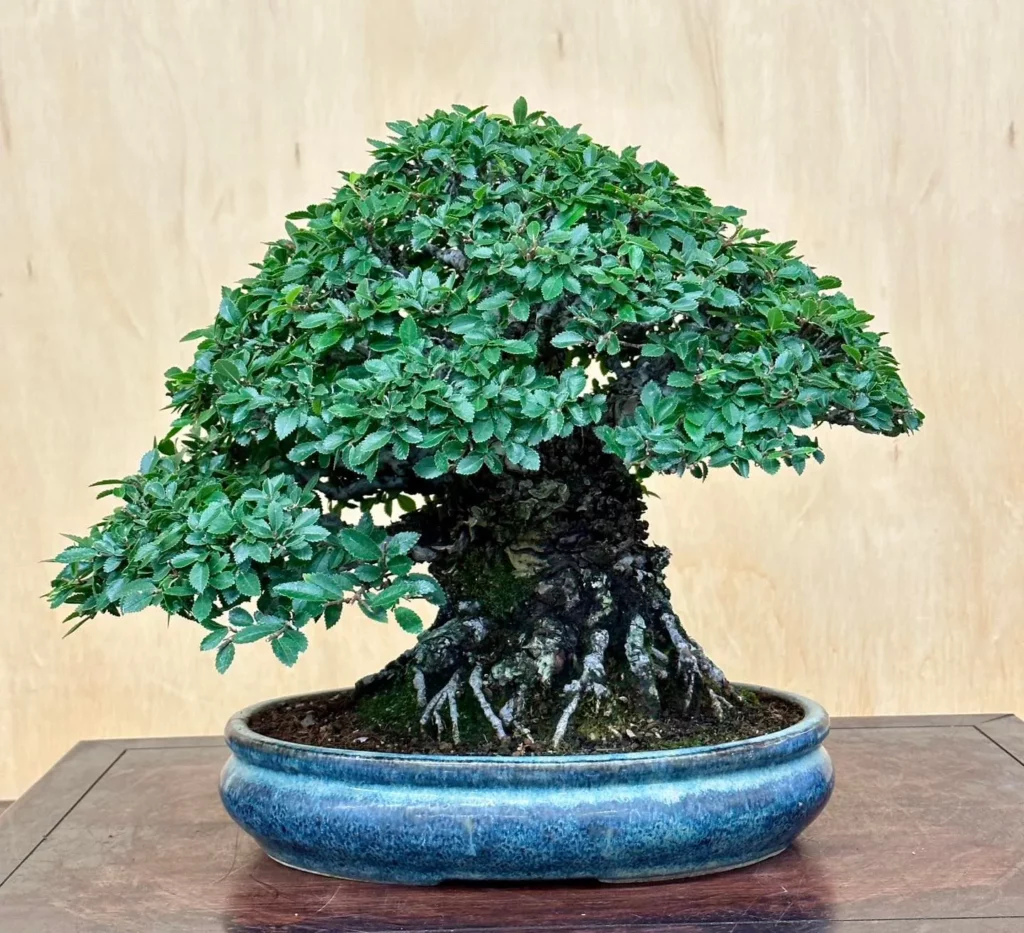Bonsai trees offer a captivating display of nature’s artistry, and with numerous species and varieties to choose from, there is a bonsai tree for every enthusiast. These miniature trees are meticulously cultivated and trained to mimic the appearance of their full-sized counterparts, creating a unique and awe-inspiring form of horticultural art.
There are several types of bonsai trees, each with its own distinct characteristics and aesthetic appeal. From deciduous trees like Japanese maple and trident maple to rare and exotic species such as baobab and jacaranda, the world of bonsai is full of diversity and beauty. Indoor bonsai trees, like the popular ficus bonsai benjamina and the elegant Japanese maple, offer a unique opportunity to bring nature’s beauty into your home or office space.
Each bonsai species has its own distinguishing features, from the shape and color of the leaves to the type and color of the flowers. The bark texture and color also vary, adding another layer of visual interest to these miniature masterpieces. Caring for bonsai trees involves understanding the specific needs of each species, including providing the appropriate lighting, watering, and soil conditions.
Key Takeaways:
- Bonsai trees are miniature trees that mimic the appearance of their full-sized counterparts.
- There are numerous species and varieties of bonsai trees to choose from.
- Deciduous trees, indoor bonsai trees, Japanese maple, and ficus bonsai benjamina are popular choices among bonsai enthusiasts.
- Each bonsai species has its own unique characteristics, including leaf shape, flower type, and bark texture.
- Caring for bonsai trees involves providing the appropriate lighting, watering, and soil conditions for each species.
Exploring Deciduous Bonsai Species


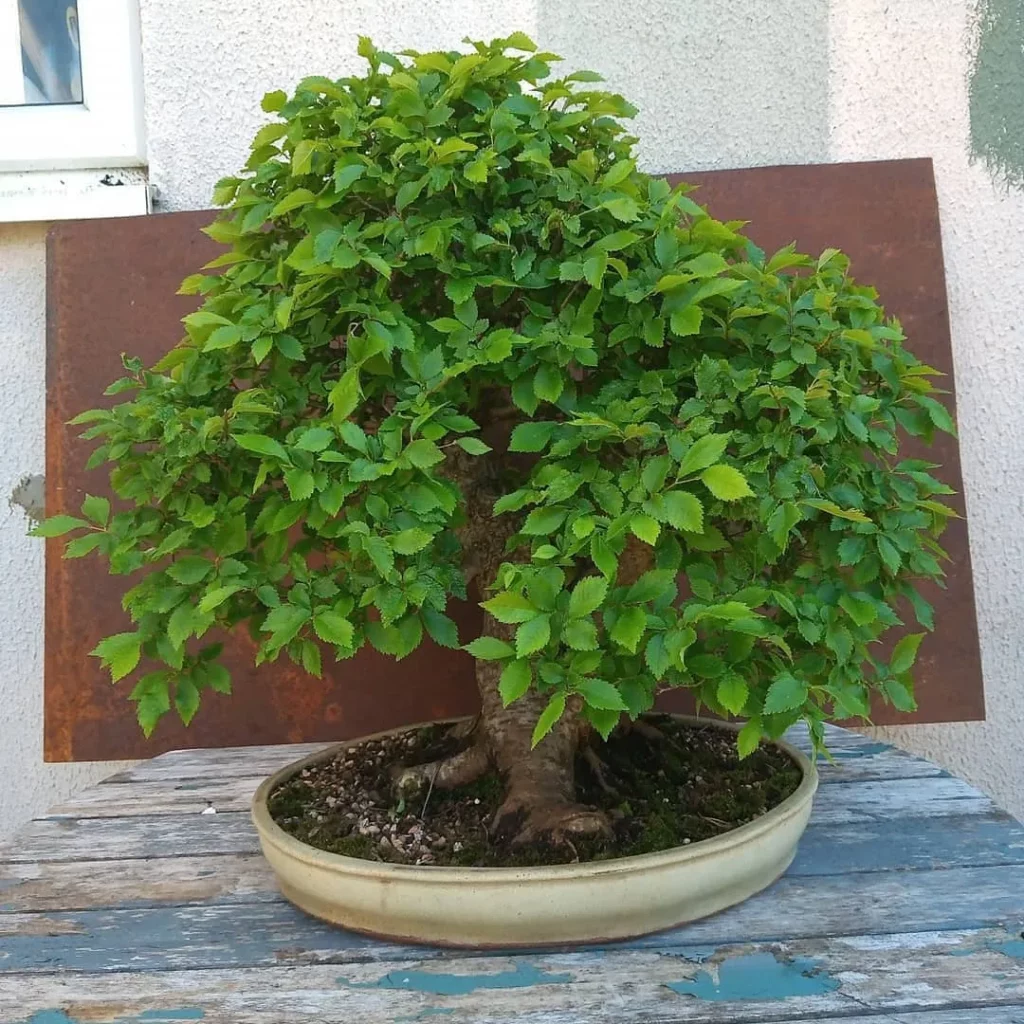
Deciduous bonsai species encompass a wide range of trees, each with its own charm and appeal, making them a popular choice among bonsai enthusiasts. These trees, known for their vibrant foliage and unique characteristics, offer a captivating display throughout the changing seasons.
One popular deciduous bonsai species is the Japanese maple (Acer palmatum). With its delicate leaves and stunning colors, it adds a touch of elegance to any bonsai collection. The trident maple (Acer buergerianum) is another favorite, known for its beautiful three-lobed leaves that turn vibrant shades of red and orange in the fall.
To create visual interest, bonsai enthusiasts often turn to rare deciduous species such as the jacaranda (Jacaranda mimosifolia) and flame tree (Delonix regia). These species boast breathtaking blooms of purple or fiery red, respectively, and can be a true focal point in any bonsai display.
No products found.
Deciduous Bonsai Species
| Species | Scientific Name |
|---|---|
| Japanese Maple | Acer palmatum |
| Trident Maple | Acer buergerianum |
| Jacaranda | Jacaranda mimosifolia |
| Flame Tree | Delonix regia |
| Dwarf Pomegranate | Punica granatum |
| Hawthorn | Crateagus sp. |
Unveiling the Beauty of Indoor Bonsai Trees

Indoor bonsai trees offer a delightful way to bring the tranquility and beauty of nature indoors, and understanding the various species and their suitability for different skill levels is essential for successful cultivation. There are numerous unique species that thrive in indoor environments, each with its own distinct characteristics and care requirements.
One popular indoor bonsai species is the Cotoneaster, known for its small, glossy leaves and delicate white flowers. This species is relatively easy to care for, making it an ideal choice for beginners. Another stunning option is the Japanese Maple, with its vibrant foliage and graceful branching pattern. This species requires moderate care and benefits from a well-lit area to maintain its striking colors.
Indoor bonsai trees offer a unique opportunity to connect with nature in the comfort of your own home. With the right species and proper care, these miniature trees can bring a sense of serenity and natural beauty to any space.
No products found.
If you’re looking for a low-maintenance bonsai, the Ficus species, including Ficus Benjamina and Ficus Retusa, are excellent choices. These evergreen trees are known for their robust nature and adaptability to various indoor conditions. They can tolerate lower light levels and are forgiving when it comes to watering.
Bonsai Species Guide for Beginners
For beginners, it is important to choose bonsai species that are more forgiving and adaptable. Some of the best bonsai species for beginners include the Chinese Elm, Juniper, and Jade. These species are known for their resilience and ability to withstand beginner mistakes. They also respond well to pruning and shaping, allowing beginners to practice their bonsai skills.
| Bonsai Species | Difficulty Level | Recommended Light | Watering Needs |
|---|---|---|---|
| Chinese Elm | Easy | Full sun to partial shade | Moderate |
| Juniper | Easy | Full sun | Low |
| Jade | Easy | Bright indirect light | Minimal |
The Charm of Japanese Maple Bonsai



Japanese maple bonsai, with their graceful branches and vibrant leaves, are among the most beloved and sought-after bonsai tree species. These miniature trees capture the essence of their full-sized counterparts, exuding elegance and beauty in every delicate detail. The Japanese maple, scientifically known as Acer palmatum, is treasured for its stunning foliage colors, ranging from fiery reds and oranges to rich purples and greens.
One of the unique characteristics of Japanese maple bonsai is their fine, intricately textured leaves, which add a sense of refinement to any bonsai collection. The branches of these bonsai trees are carefully trained to create a harmonious balance between strength and grace. With proper care and attention, Japanese maple bonsai can transform into miniaturized works of living art, captivating all who behold their splendor.
“Japanese maple bonsai, with their graceful branches and vibrant leaves, are among the most beloved and sought-after bonsai tree species.”
Cultivating and shaping a Japanese maple bonsai requires patience and skill. These trees thrive in partially shaded areas and require well-draining soil to prevent root rot. Regular pruning and wiring help maintain the desired shape and structure of the bonsai, allowing the true beauty of the tree to shine through.
Whether displayed indoors or outdoors, the captivating presence of a Japanese maple bonsai is undeniable. Its vibrant foliage and delicate form make it a stunning centerpiece in any bonsai garden or living space. Embodying the timeless allure of Japanese aesthetics, these bonsai trees bring a sense of tranquility and harmony to their surroundings.
| Variety | Leaf Color | Mature Height |
|---|---|---|
| Red Emperor | Deep red | 5-6 feet |
| Orange Dream | Bright orange | 4-5 feet |
| Golden Full Moon | Golden yellow | 3-4 feet |
Japanese maple bonsai come in a variety of cultivars, each offering its own unique charm. Some popular cultivars include ‘Red Emperor’ with its deep red leaves, ‘Orange Dream’ with its bright orange foliage, and ‘Golden Full Moon’ with its golden yellow leaves. The choice of cultivar allows bonsai enthusiasts to tailor their collection to their personal preferences.
With their exquisite beauty and captivating presence, Japanese maple bonsai are a testament to the artistry and mastery of bonsai cultivation. These miniature masterpieces bring a touch of nature’s splendor into our lives, allowing us to appreciate the beauty and wonder of the natural world in a compact and enchanting form.
Exploring the Elegance of Ficus Bonsai Varieties
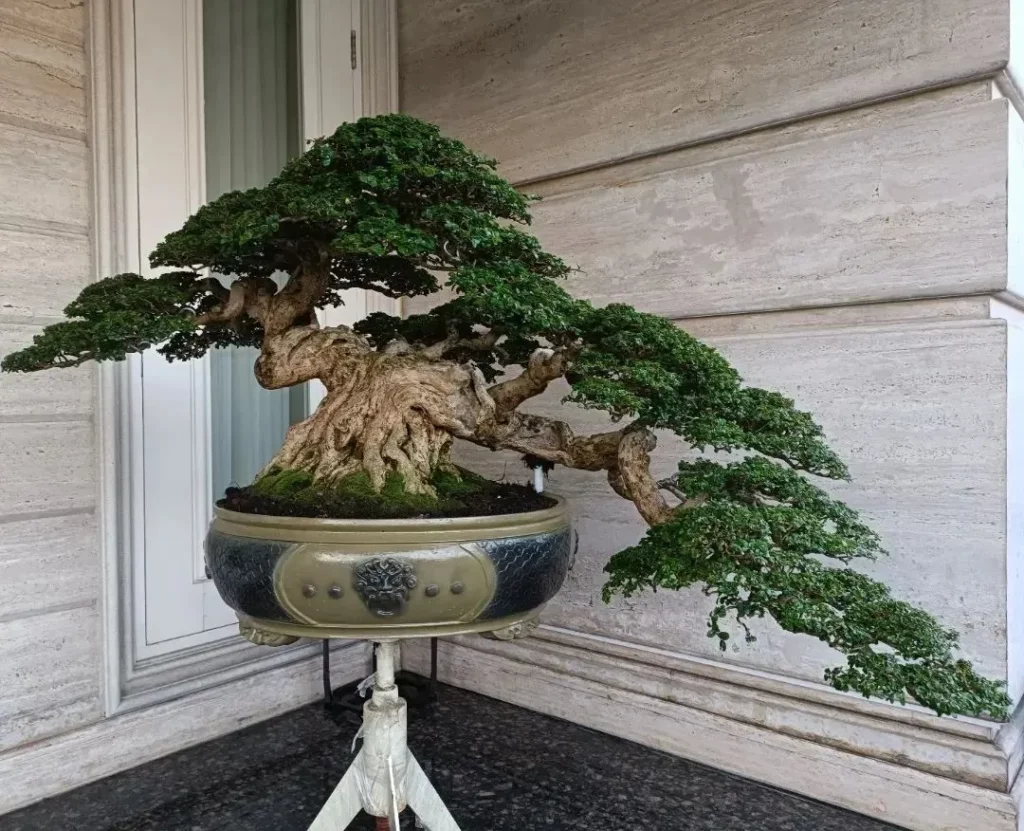
Ficus bonsai trees, known for their glossy leaves and ability to adapt to various environments, are a fascinating choice for both beginners and experienced bonsai enthusiasts. Their elegant appearance and captivating presence make them a popular species in the bonsai world. Two notable varieties of ficus bonsai are the Ficus benjamina and Ficus retusa.
The Ficus benjamina, also known as the Weeping Fig, boasts gracefully drooping branches and lush, dark green foliage. It thrives in bright, indirect light and can tolerate varying humidity levels. This variety is highly adaptable and can be maintained both indoors and outdoors, making it an ideal choice for bonsai enthusiasts living in different climates.
The Ficus retusa, commonly referred to as the Banyan Fig or the Ginseng Ficus, is characterized by its thick, aerial roots and shiny, oval-shaped leaves. It is a hardy species that can withstand periods of neglect, making it suitable for beginners. This variety requires ample sunlight and regular pruning to maintain its desired shape and size.
| Species | Characteristics | Care Tips |
|---|---|---|
| Ficus benjamina | Drooping branches Dark green foliage | Bright, indirect light Varying humidity levels |
| Ficus retusa | Aerial roots Oval-shaped leaves | Ample sunlight Regular pruning |
“Ficus bonsai trees bring a touch of nature’s elegance into any space. Their glossy leaves and unique characteristics make them highly sought after by bonsai enthusiasts. Whether you are just starting your bonsai journey or are a seasoned expert, these varieties offer something special to inspire and captivate you.” – Bonsai Enthusiast
When caring for ficus bonsai trees, it is important to provide them with the right conditions. They thrive in well-draining soil and require regular watering, allowing the soil to slightly dry out between waterings. These trees also benefit from occasional fertilization to promote healthy growth and vibrant foliage.
With their enchanting beauty and versatility, ficus bonsai trees are an excellent choice for bonsai enthusiasts looking to cultivate a captivating and unique masterpiece. Whether you choose the Ficus benjamina or Ficus retusa, these varieties will bring a touch of elegance to your bonsai collection.
The Allure of Flowering Bonsai Trees



Flowering bonsai trees, with their delicate blossoms and fragrant displays, add a touch of enchantment to any bonsai collection. These tiny trees are carefully cultivated and trained to showcase their stunning blooms, creating a miniature garden of beauty. From vibrant azaleas to elegant cherry blossoms, the range of flowering bonsai species is vast and diverse.
One popular flowering bonsai tree variety is the Satsuki Azalea. Known for its abundance of colorful flowers, the Satsuki Azalea comes in various shades, including pink, white, and red. Its compact size and striking blooms make it a favorite among bonsai enthusiasts.
Another captivating flowering bonsai tree is the Japanese Cherry. With its iconic pink or white blossoms, the Japanese Cherry creates a breathtaking display, evoking images of springtime in Japan. Its elegant branches and delicate flowers make it a true masterpiece in bonsai art.
| Flowering Bonsai Tree Varieties | Characteristics |
|---|---|
| Satsuki Azalea | Abundant colorful flowers |
| Japanese Cherry | Iconic pink or white blossoms |
When caring for flowering bonsai trees, it is important to provide them with the right conditions to thrive. These trees require a balance of sunlight and shade, as well as regular watering to keep their blooms vibrant. Pruning and shaping techniques are also employed to enhance their natural beauty and encourage healthy growth.
No products found.
“Flowering bonsai trees bring a sense of tranquility and natural beauty to any space. The delicate petals and intricate details of their blossoms captivate the eye and evoke a feeling of calmness and serenity.” – Bonsai Enthusiast
With their exquisite blooms and captivating charm, flowering bonsai trees are a testament to the artistry of bonsai cultivation. Whether you are a seasoned bonsai enthusiast or just beginning your bonsai journey, these miniature trees will surely leave you spellbound with their beauty.
Exploring Rare and Exotic Bonsai Species

For the adventurous bonsai enthusiast seeking a distinctive and captivating addition to their collection, rare and exotic bonsai species offer a thrilling opportunity. These unique specimens, often prized for their rarity and striking features, can bring a sense of wonder and intrigue to any bonsai garden. From unconventional foliage to intriguing bark patterns, these bonsai trees are sure to capture the attention of enthusiasts and collectors alike.
One example of a rare and exotic bonsai species is the Baobab bonsai tree. With its iconic and unusual appearance, the Baobab bonsai is known for its thick trunk and bottle-like shape. Native to Africa, this species is a favorite among collectors due to its distinctiveness and the challenge it presents in cultivation.
Another fascinating option is the Judas tree bonsai, which is prized for its stunning pink flowers that bloom in the spring. This species, known for its vibrant and eye-catching display, can truly be the centerpiece of any bonsai collection. The Judas tree is a symbol of beauty and resilience, making it a cherished addition for any bonsai enthusiast.
| Bonsai Species | Unique Characteristics |
|---|---|
| Baobab | Thick trunk, bottle-like shape |
| Judas tree | Pink flowers, vibrant display |
The Beauty of Evergreen Bonsai Trees


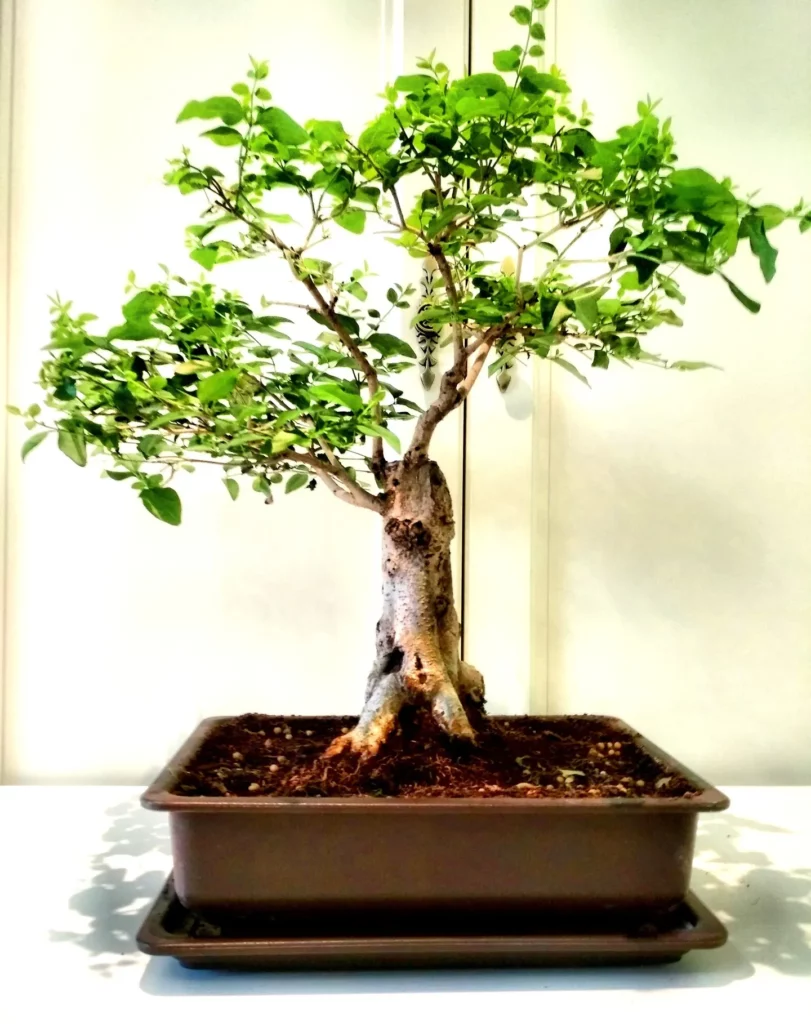
Evergreen bonsai trees, with their enduring foliage and graceful presence, offer a captivating symbol of eternity and serenity in the world of bonsai. These remarkable trees retain their lush green leaves throughout the year, representing the constant renewal of life and the tranquility found in nature.
One popular evergreen bonsai variety is the Juniperus chinensis, commonly known as the Chinese Juniper. This majestic tree features finely textured foliage that resembles delicate green clouds. Its branches can be shaped and trained to create elegant, windswept designs, evoking a sense of movement and harmony. The Chinese Juniper is well-suited for both outdoor and indoor cultivation, making it a versatile choice for bonsai enthusiasts.
No products found.
Another beloved evergreen bonsai species is the Pinus thunbergii, also known as the Japanese Black Pine. This striking tree showcases its characteristically dark green needles, which create a visually captivating contrast against its rugged, silvery-brown bark. The Japanese Black Pine is a resilient species that can endure harsh weather conditions and thrive in various environments. Its unique beauty and ability to adapt make it highly sought after by bonsai enthusiasts.
| Bonsai Species | Characteristics |
|---|---|
| Juniperus chinensis (Chinese Juniper) | Finely textured foliage, versatile for outdoor and indoor cultivation |
| Pinus thunbergii (Japanese Black Pine) | Dark green needles, rugged silvery-brown bark |
When caring for evergreen bonsai trees, it is important to provide them with ample sunlight to promote healthy growth. These trees thrive best in bright, indirect light, so placing them near a south-facing window or providing supplementary artificial lighting can ensure their vitality.
“Evergreen bonsai trees are a testament to the enduring beauty of nature, reminding us of the timeless serenity found in the world of bonsai.”
Watering should be done carefully, allowing the soil to slightly dry out between waterings to avoid overwatering or waterlogged roots. Using a well-draining bonsai soil mix is essential to prevent water stagnation. Additionally, evergreen bonsai trees benefit from occasional misting to maintain humidity levels and prevent their foliage from drying out.
With their captivating presence and sense of permanence, evergreen bonsai trees bring a touch of natural elegance to any environment. Whether displayed indoors or outdoors, these remarkable trees serve as a reminder of the beauty and harmony found in the miniature world of bonsai.
Basic Care Tips for Bonsai Tree Species

While different bonsai tree species have specific care requirements, there are fundamental guidelines that apply to all bonsai enthusiasts, ensuring the well-being of these miniature living works of art.
Lighting plays a crucial role in the health and growth of bonsai trees. Most species thrive in bright, indirect light, so placing your bonsai near a window or in a well-lit area is ideal. However, avoid exposing them to direct sunlight for extended periods, as it can scorch the leaves and cause damage.
Watering is another essential aspect of bonsai care. It is important to strike a balance between not overwatering and not underwatering your tree. The best way to determine when to water your bonsai is by checking the moisture level of the soil. Stick your finger about an inch into the soil; if it feels slightly dry, it’s time to water. Ensure that the water reaches the entire root system by gently watering until it drains out of the drainage holes.
Lastly, the choice of soil is crucial for the health of your bonsai tree. Bonsai trees require well-draining soil to prevent waterlogged roots. A mixture of standard potting soil, peat moss, and coarse sand or perlite is often recommended. This combination allows for proper water drainage while retaining enough moisture for the roots.
Remember, it is essential to research and understand the specific care requirements of the bonsai tree species you are cultivating. Each species may have unique preferences for light, water, and soil conditions. By providing the appropriate care and attention, you can enjoy the beauty and growth of your bonsai tree for years to come.
FAQ
Q: What are bonsai trees?
A: Bonsai trees are miniature trees that mimic the appearance of their full-sized counterparts through careful cultivation and training techniques.
Q: What species are suitable for bonsai?
A: There are many species suitable for bonsai, including deciduous trees like Japanese maple, trident maple, dwarf pomegranate, jacaranda, flame tree, and more.
Q: What are some popular indoor bonsai trees?
A: Some popular indoor bonsai trees include cotoneaster, Japanese maple, baobab, juniper, ficus bonsai benjamina, and many others.
Q: What are the characteristics of bonsai tree species?
A: Each bonsai tree species has its own characteristics, such as leaf shape and color, flower type and color, and bark texture and color.
Q: How do I take care of bonsai trees?
A: Taking care of bonsai trees involves providing the appropriate lighting, watering, and soil conditions for each species.


